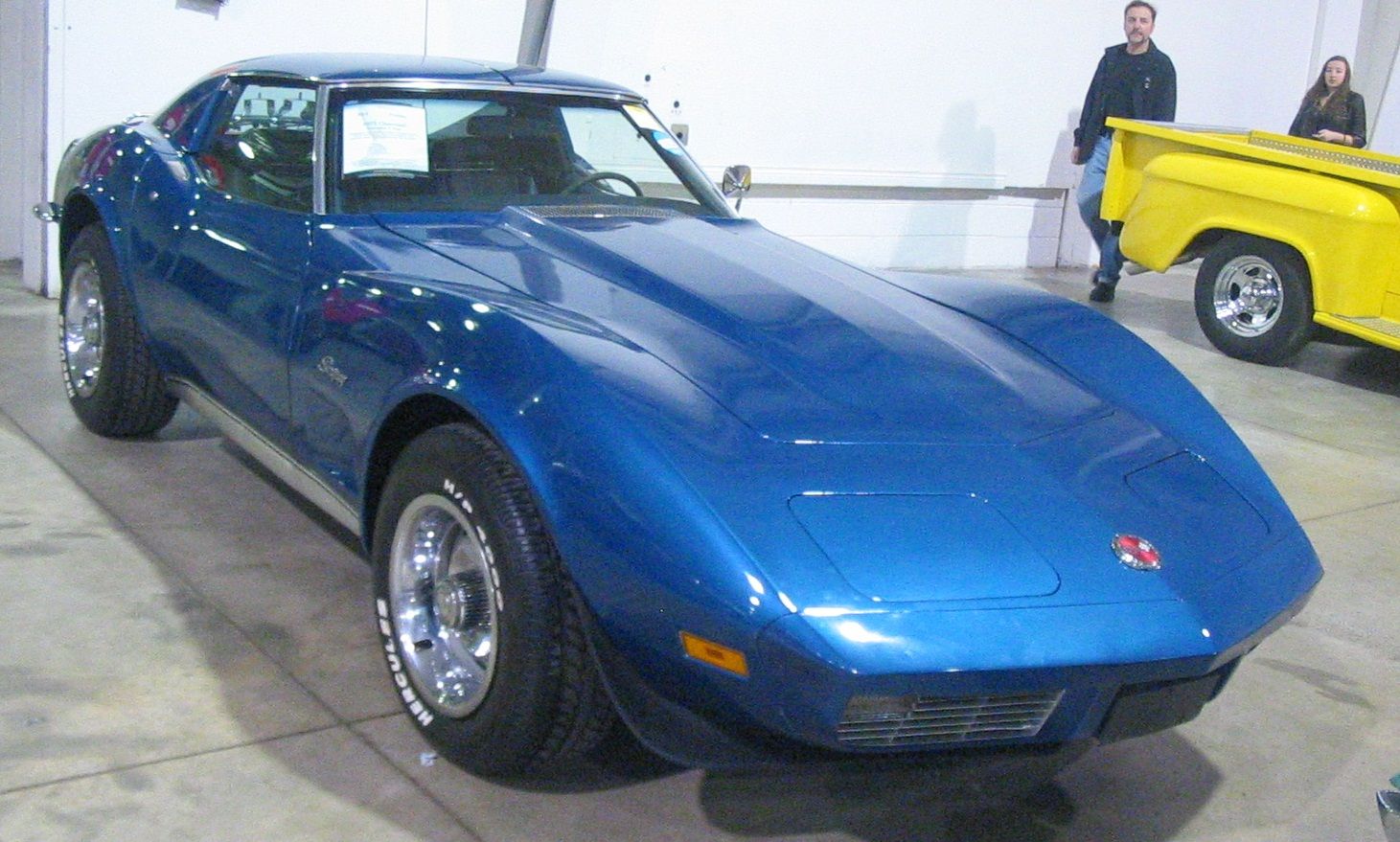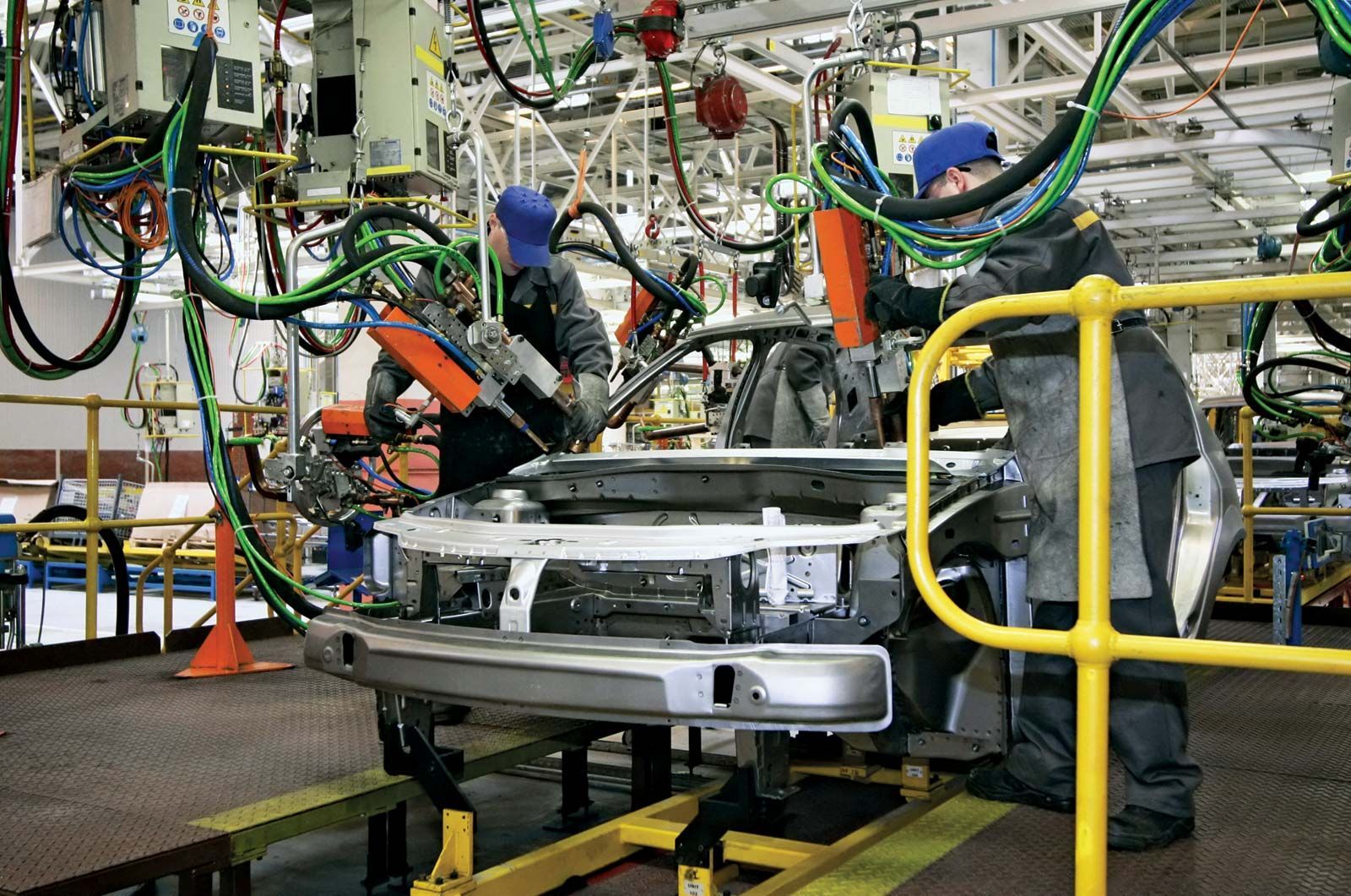
Parking in crowded cities, busy shopping malls, or even compact home garages can often feel overwhelming. The thought of maneuvering into a narrow space between other vehicles or obstacles is enough to cause stress for even experienced drivers. Yet, the ability to park well is not a matter of luck or innate talent. With the right strategies, it can become a routine skill that brings peace of mind instead of anxiety.
The key lies in combining spatial awareness, precision, and confidence. By adopting a systematic approach, drivers can transform parking from a stressful ordeal into a controlled and even satisfying task. This guide highlights essential steps, practical tips, and modern innovations that make parking in tight spaces not only possible but simple.

Step One: Evaluating the Space
The process begins with a clear assessment of the parking spot. A space should exceed your vehicle’s length by at least one to two feet, leaving enough room for adjustments. Always check for lateral clearance, obstacles such as poles or curbs, and whether you will be able to open your doors once parked.
Vehicle size plays a decisive role. Larger vehicles, such as SUVs or trucks, should avoid small spaces that may lead to scraping or restricted movement. Drivers of compact cars have more flexibility, but safety must always come before convenience. Choosing a slightly farther space with more room often proves wiser than attempting a squeeze into a risky one.

Step Two: Positioning for Success
Proper alignment before entering a space determines how smoothly the maneuver will unfold. Ideally, keep two to three feet of distance from nearby cars or the curb and line your bumper with the middle of the space before your chosen spot. This setup ensures a better turning radius, helping your vehicle glide in with fewer corrections.
Using your turn signal is equally important. Early signaling not only communicates your intent but also prevents misunderstandings with surrounding drivers. It provides you the space and patience needed to focus fully on your maneuver.

Step Three: Precision in Motion
Mirrors and surroundings should always be checked before moving forward. Look for pedestrians, cyclists, and vehicles approaching from behind. Parking aids such as cameras and sensors can assist, but they should complement—not replace—your judgment.
Folding side mirrors in narrow spots can provide additional clearance and prevent accidental scrapes. Move forward slowly, adjusting with small steering inputs while watching your reference points, such as painted lines or curbs. Controlled movements, rather than rushed attempts, are the surest path to a clean and accurate park.

Step Four: Securing Your Position
As your car enters the space, straighten the steering wheel to align properly. This adjustment makes exiting later much easier. If the car next to you is close to the driver’s side, positioning slightly toward the passenger side can create room for your door. When cars are evenly centered, aim for the middle of your spot to maintain equal clearance on both sides.
Final adjustments should be made with caution. Use sensors or front cameras to avoid bumping into the vehicle ahead. Once satisfied, place your car in park and switch off the ignition, ensuring that your vehicle is stable and secure.

Step Five: Safe Exit and Departure
Parking is only complete when you and your passengers can exit safely. Tight spaces may require slowly opening doors while keeping a hand on them to prevent accidental contact with neighboring vehicles. Awareness of shopping carts, walls, and other obstacles is just as important here as during the entry process.
When preparing to leave, conduct a thorough scan of your surroundings. Check mirrors, look over your shoulders, and confirm there are no pedestrians or vehicles passing behind. If mirrors were folded, unfold them when possible to regain full visibility. Moving backward slowly and deliberately, with constant monitoring, ensures a controlled departure.
Once clear of the space, straighten your wheels and transition smoothly into drive. With preparation and patience, backing out becomes as manageable as the initial entry.

Step Six: Embracing Technology
Modern vehicles provide tools that make tight-space parking easier and safer. Rearview cameras eliminate blind spots, while parking sensors alert you when you approach an object. Automatic parking systems, now common in many vehicles, can even take over steering and guide your car seamlessly into position.
Innovative solutions, such as Tom Parandian’s Myparker system, demonstrate how parking technology is advancing further. By placing a car on a platform that automatically positions it, this system reduces the risk of scrapes and optimizes space usage. It represents a future where parking becomes more efficient and virtually stress-free.
Whether relying on careful manual control or advanced technology, the goal remains the same: a safe and confident parking experience. With awareness, preparation, and smart use of tools, every tight spot becomes conquerable. Parking no longer needs to be a source of frustration—it can be a skill that empowers drivers to handle any environment with calm and precision.





